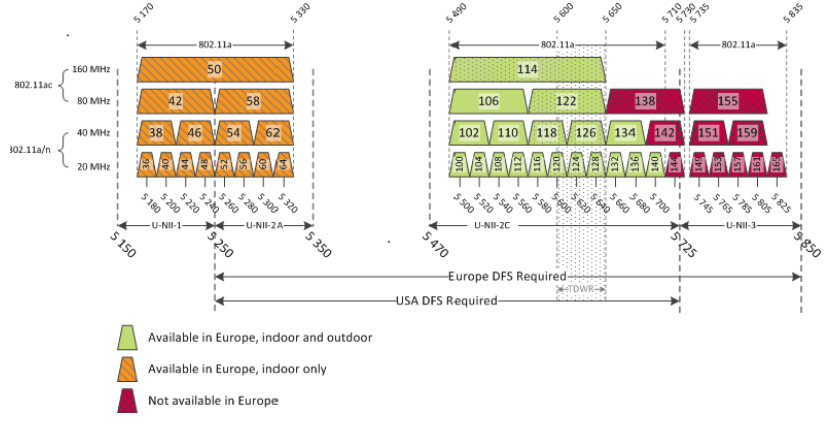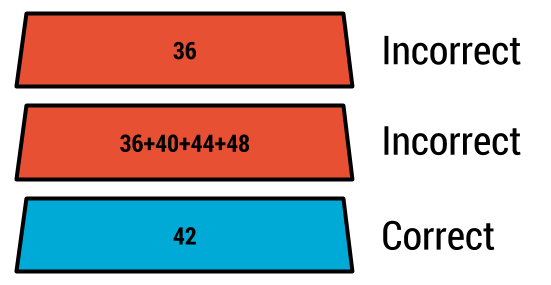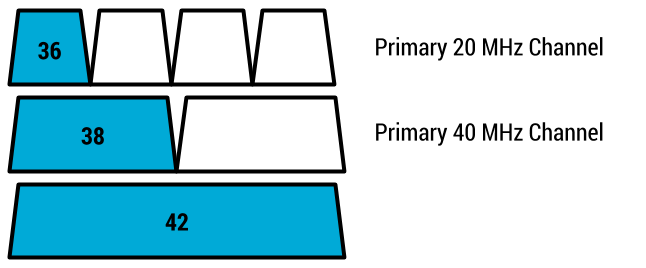sm00thpapa
Very Senior Member
Issue here. When set to CH 48 in 160MHz mode all devices can find and connect to the network. When switched to CH 52 half of my 40+ devices can't even find the network. Why can't they see CH 52 or any other DFS channel?
Sent from my iPad using Tapatalk
Sent from my iPad using Tapatalk
















